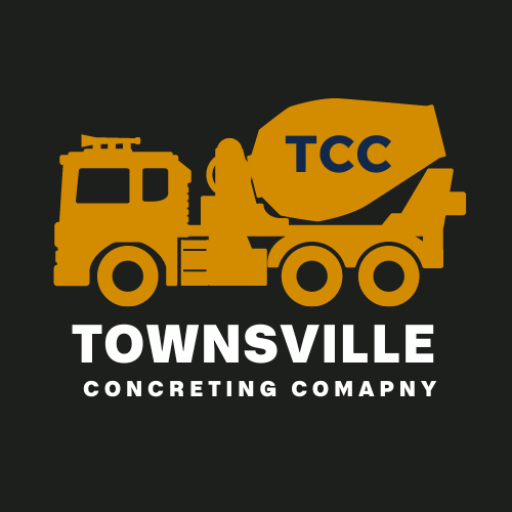Strong & Durable Concrete: The Ultimate Guide
Want concrete that lasts? This guide covers creating durable concrete, from driveways to foundations. We’ll explore concrete strength, durability, best practices, and real-world applications. For decorative options, see our guide on stamped concrete.
Concrete Strength Explained
Concrete strength, or its resistance to pressure, is crucial for any structure. Optimal strength depends on the right cement, precise water content, and high-quality aggregates. A well-mixed batch should have uniform colour and consistency, similar to thick oatmeal, without dry cement pockets, separated aggregates, or excessive bleeding (water pooling). Understanding concrete strength is essential for ensuring your project’s longevity and structural integrity.
Concrete Grades & Uses
Different concrete grades offer varying strengths for specific uses. Clearer explanations of what these grades mean in practical terms, such as load-bearing capacity, would be useful.
Testing Concrete Strength
Strength is measured through rigorous testing. The tests should be performed by contractors or specialised labs, and it’s helpful to know how to interpret test results, especially if the results are not satisfactory.
Types of Tests:
- Slump Test: Measures workability and consistency. A cone is filled with concrete, inverted, and removed. The slump (how much the concrete settles) indicates workability. More detail on acceptable slump ranges for different applications would be useful.
- Compression Test: Determines compressive strength. Cylindrical samples are crushed in a machine, measuring the force required for failure.
- Flexural Strength Test: Measures resistance to bending. Beam samples are loaded at two points until they break.
Concrete Durability: The Long Game
Durability is concrete’s resistance to wear and tear. It’s about long-term performance and avoiding costly repairs. A deeper dive into the chemical reactions involved in concrete deterioration, especially in various environmental conditions (e.g., saltwater exposure, specific soil types), would be valuable.
Factors Affecting Durability
Key factors influencing durability include: Practical advice on how to control these factors during the concrete mixing and placement process would be helpful.
Factors:
- Permeability: How easily water penetrates. Lower permeability means higher durability. Specific techniques for reducing permeability, such as using admixtures or specific curing methods, would be beneficial.
- Chemical Resistance: Resistance to chemicals like sulphates and chlorides.
- Freeze-Thaw Resistance: Ability to withstand freeze-thaw cycles without damage. While not every location experiences frequent freezing, information on how temperature fluctuations affect concrete durability would still be relevant.

Signs of Deterioration
Signs of poor durability include staining, cracking, spalling (flaking), and water penetration. Providing guidance on repair options for each type of deterioration would be valuable. Addressing these issues promptly ensures long-lasting concrete.
Best Practices for Strong & Durable Concrete
Mix Design
The mix is crucial. Here are variations for different applications: More detailed explanations of how to adjust these ratios based on specific project needs and local aggregate properties would be beneficial. A calculator or example calculation using both imperial and metric units would be helpful.
Mix Ratios:
| Application | Cement:Sand | Water-Cement Ratio |
| Driveway (C25) | 1:2:4 | 0.5 |
| Patio (C20) | 1:2.5:5 | 0.55 |
| Walkway (C20) | 1:3:6 | 0.6 |
Adjust these based on project needs and local aggregate properties. Use both imperial and metric measurements when calculating quantities. A proper mix design ensures optimal concrete performance.
Quality Materials
Use high-quality cement, aggregates (clean, well-graded), and admixtures. Visually inspect aggregates for cleanliness and proper gradation. Local suppliers include reputable names. More information on specific types of cement and admixtures suitable for different applications would be helpful. Choosing quality materials contributes to the overall strength and durability of the concrete.
Water-Cement Ratio
Too much water weakens concrete. Maintaining the correct ratio for your chosen mix design is crucial for achieving the target strength. A more detailed explanation of why too much water weakens concrete, including the chemical reactions involved, would be beneficial.
The correct water-cement ratio is essential for achieving target concrete strength.
Mixing & Placing
Thorough mixing ensures a homogenous mixture. Use a concrete mixer for consistent results. During placement, use a vibrator to compact the concrete and prevent segregation. More detailed instructions on how to properly use a vibrator and other tools for concrete placement would be helpful. Proper mixing and placing techniques result in uniformly strong and durable concrete.
Curing
Curing is essential for hardening. Methods include:
- Water Curing: Keeping the concrete surface continuously wet.
- Wet Burlap: Covering the concrete with wet burlap.
- Curing Compounds: Applying a membrane to retain moisture.
Adjust curing time based on local temperature and humidity. Proper curing is essential for maximising concrete strength and longevity.
Maintaining Concrete
Regular maintenance ensures longevity. Clean with mild detergent and a stiff brush. Seal every few years to protect against moisture and staining. More specific recommendations for cleaning products and sealants suitable for your climate would be helpful. A schedule for regular maintenance tasks would also be beneficial. Regular maintenance contributes to the long-term aesthetic appeal and structural integrity of your concrete.
Choosing the Right Mix
Consider factors like compressive strength, workability, and environmental conditions when choosing a mix. A decision-making guide or flowchart to help readers choose the right mix for their specific project would be valuable. Choosing the right mix ensures project success and longevity.
Innovations in Concrete Technology
Advancements like high-strength mixes, self-healing concrete, and fibre-reinforced concrete offer enhanced performance. These technologies are available, though cost may vary. More information on the availability and cost of these innovative materials would be helpful. Including case studies or examples of projects that have utilised these technologies would be beneficial.
Conclusion
Thorough planning, the right materials, and proper execution are key to durable concrete. Contact a local concrete professional for expert advice. A directory or list of reputable concrete professionals would be a valuable resource.



